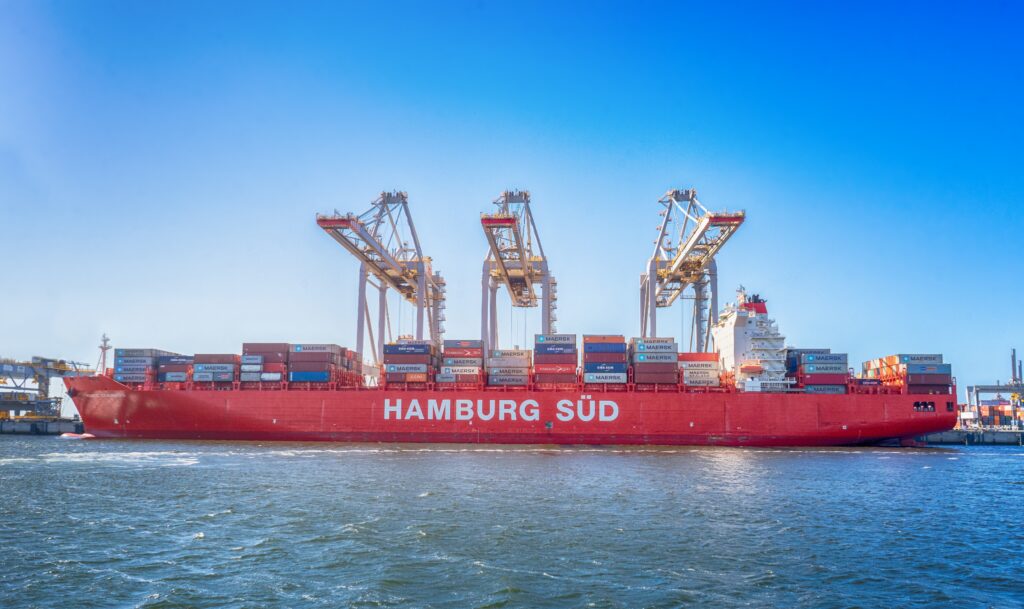In 2024, the shipping industry has presented a complex and distinctively characteristic development pattern under the intertwined influence of multiple factors.
Overall Market Demand and Capacity Supply
According to the projections of the British shipbuilding and maritime dynamics analysis agency “Clarksons Research”, the growth rate of the world’s seaborne trade volume in 2024 is around 2%, indicating that the world’s maritime transport demand maintains a positive growth. However, due to the booming shipping market from 2021 to 2022, a large number of ship orders were delivered in 2024, resulting in a significant increase in the overall capacity supply. Looking at the main cargo types, the demand for dry bulk cargo transportation is expected to maintain a slight growth of about 1%. Nevertheless, the international dry bulk shipping capacity is projected to exceed the transportation demand, and the shipping market as a whole tends to develop in a direction of oversupply, although unexpected factors may cause freight rate fluctuations. In the liquid bulk cargo sector, the demand for crude oil is expected to increase by around 3%. The supply of tanker capacity is lower than the transportation demand. The demand for liquefied gas continues to grow but at a slowing pace, and with several new ships entering the market, the tight capacity situation has been greatly alleviated. The demand for containers has reversed the decline in 2022 and the stagnation in 2023, with an expected growth of around 4%. However, due to the impact of previous shipbuilding orders, the supply of container capacity also has a significant increase, and the situation of excess capacity is rather severe.
Performance of Different Routes
- European Routes: The Red Sea crisis since November 2023 has had a significant impact on European routes. As of January 22, 2024, the Shanghai Containerized Freight Index (European Route) reported 3509.06 points, a 11.7% increase compared to the previous period. According to data from the market research agency Kepler, since December 15, 2023, a large number of liquefied natural gas carriers have rerouted around the Cape of Good Hope in Africa due to the Red Sea situation, leading to a substantial increase in freight rates on European routes. For example, the China Containerized Freight Index (CCFI) has surged by 50.1% compared to December 1, 2023, with the European route increasing by 108.8%.
- Asian Routes: From the perspective of China, in 2024, China’s foreign trade seaborne volume still accounts for a prominent share in the global market, and the cargo throughput of Chinese ports shows a stable growth trend. According to the “Analysis Report on the Operation of Chinese Ports (2024)”, it is estimated that the total throughput and foreign trade cargo throughput of national coastal ports in 2024 will be around 13.6 billion tons and 5.1 billion tons respectively, with year-on-year growth rates of around 3.0% and 3.2%.
- Other Routes: Affected by the Red Sea crisis, other routes have also experienced a slight increase in prices due to capacity shortages, but the overall increase is not as significant as that of the European route.
Shipping Costs and Freight Rate Fluctuations
Due to the influence of factors such as capacity supply, geopolitical conflicts, and natural elements, shipping costs have fluctuated significantly in 2024. The Red Sea crisis has caused a large number of ships to reroute, rapidly increasing global shipping costs. Container transportation prices have seen the most obvious increase, while dry bulk carriers and tankers have been relatively less affected. In addition, some regions in 2024 have also faced uncertainties such as port strikes, which have also led to shipping delays and increased costs to a certain extent.
Impact of Technology and Environmental Protection Factors
In 2024, the shipping industry faces new requirements and challenges in terms of technology and environmental protection. On the one hand, with the development of new technologies, shipping companies have the opportunity to improve transportation efficiency, but they also need to deal with operational model adjustments brought about by technological changes. On the other hand, the European Union has implemented new greenhouse gas emission reporting and transparency requirements, and the International Maritime Organization may also introduce similar regulations, prompting shipping companies to pay more attention to sustainable development and widely adopt solutions to reduce greenhouse gas emissions.
Highlights of the Chinese Shipping Market
In 2024, the shipping business of some Chinese ports has performed outstandingly. For example, at the Changzhou Lock in Wuzhou, Guangxi, the cargo throughput of the Changzhou Lock of the Beibu Gulf Port Group exceeded 200 million tons on November 19, 2024, breaking the historical record since the operation of the Changzhou Lock. This is also the first time that the annual cargo throughput of a natural river lock in China has exceeded 200 million tons.This data fully demonstrates the important supporting role of China’s inland river shipping in regional economic development and the efficient operation capacity of China’s shipping infrastructure.
In 2024, the shipping industry, under the combined effects of changes in the global economic pattern, geopolitical conflicts, and its own development cycle, faces challenges such as excess capacity and rising costs, as well as opportunities such as technological innovation and environmental protection development. Shipping enterprises and related practitioners need to closely monitor market dynamics and flexibly adjust strategies to cope with the constantly changing shipping environment and ensure that they maintain their advantages and achieve sustainable development in the complex market competition.


